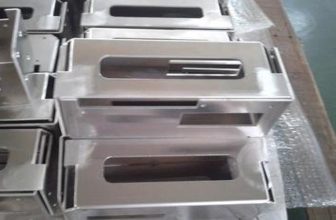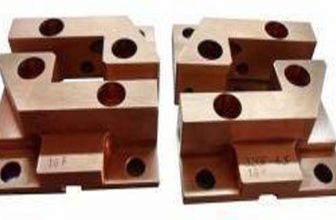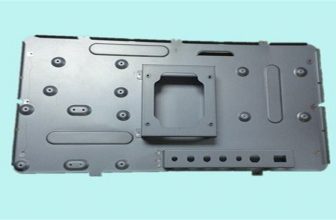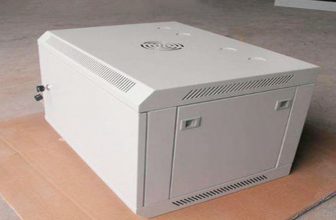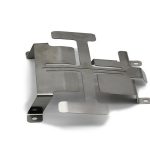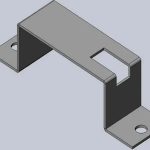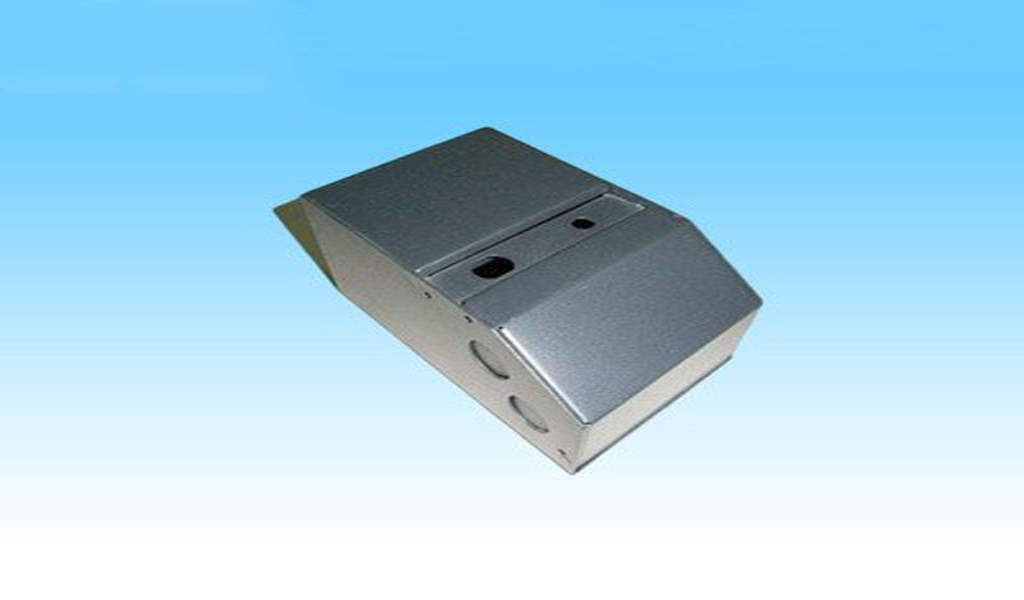
A large number of cold stamping processes are used in the production of automobile stamping parts, which is suitable for the needs of multi-variety and mass production of automobile stamping parts. In medium and heavy-duty vehicles, most of the cover parts such as body outer panels, and some load-bearing and support parts such as frame, carriage and other auto parts are auto stamping parts. The steel used for cold stamping is mainly steel plates and steel strips, which account for 72.6% of the steel consumption of the whole vehicle. The relationship between cold stamping materials and the production of automobile stamping parts is very close. The quality of the materials not only determines the performance of the product, but also directly affects the production. The process design of the automobile stamping process affects the quality, cost, service life and production organization of the product, so the rational selection of materials is an important and complex task.
Application fields of metal stamping parts
- (1) Stamping in the automotive industry. Mainly draw. In my country, this part is mainly concentrated in large factories such as automobile factories, tractor factories, and aircraft factories. There are few independent large-scale stamping and drawing factories.
- (2) Stamping of auto parts and components. Mainly punching and shearing. Many companies in this sector are classified as standard parts factories, and there are also some independent stamping factories. At present, there are many such small factories near some automobile factories or tractor factories.
- (3) Electric device stamping factory. This type of factory is a new industry, developed with the development of electrical appliances, and the factories in this sector are mainly concentrated in the south.
- (4) Stamping factory for daily necessities. Making some handicrafts, tableware, etc., these factories have also developed greatly in recent years.
- (5) Home appliance parts stamping factory. These factories only appeared after the development of household appliances in my country, and most of them are distributed in household appliance enterprises.
- (6) Special stamping enterprises. For example, the stamping of aviation parts belongs to this type of enterprises, but these process factories are also classified as some large factories.
Common problems of stamping parts:
1. Adhesion and scratches: defects on the surface of the workpiece or mold due to the friction between the material and the punch or die;
2. Burr: mainly occurs in the shearing die and blanking die, and the gap between the cutting edges is large or small, which will produce burrs;
3. Line offset: When the part is formed, the first part that is in contact with the mold is extruded and a line is formed;
4. Concave and convex: there are foreign objects (iron filings, rubber skin, dust) mixed in the uncoiling line to cause convex and concave;
5. Twisting: due to uneven stress, poor matching of drawbeads or poor control of press sliders, etc., the r-corner or embossed parts of the workpiece are tortuous and strained;
6. Wrinkles: Wrinkles on the edges or r parts are caused by poor adjustment of the press slider, low press precision, inappropriate adjustment of the air cushion pressure, and large punch or r parts.
7. Other specific problems: In daily production, there will be situations where the punching size is too large or too small (may exceed the specification requirements) and the size of the punch is quite different, except for the design size of the forming convex and concave dies In addition to factors such as machining accuracy and blanking clearance, the following aspects should also be considered.
- ⑴. When the punching edge is worn, the tensile stress on the material increases, and the tendency of the stamping parts to turn over and twist increases. When the material is turned over, the size of the punching hole will become smaller.
- ⑵. The strong pressure on the material causes plastic deformation of the material, which will cause the size of the punching hole to increase. When the strong pressure is reduced, the size of the punching hole will become smaller.
- ⑶. The shape of the punch edge. If the end is trimmed with an inclined plane or an arc, due to the slowing down of the punching force, the punching piece is not easy to be turned over and twisted, so the size of the punching hole will become larger. When the end of the punch is flat (no slope or arc), the size of the punching hole will be relatively small.
8. The method of suppressing the turning and twisting of stamping parts
- ⑴. Reasonable mold design. In the progressive die, the arrangement of the blanking sequence may affect the forming accuracy of the stamping parts. For the blanking of small parts of stamping parts, generally a larger area of blanking is arranged first, and then a smaller area of blanking is arranged to reduce the impact of blanking force on the forming of stamping parts.
- ⑵.Press the material. Overcome the traditional mold design structure, open a material gap on the unloading plate (that is, when the mold is closed, the material can be compressed. The key forming part, the unloading plate must be made into a block-type structure to facilitate the problem of long The wear (pressure) loss caused by the pressing part of the stripper plate caused by the time stamping, and the material cannot be compressed.
- ⑶. Increase the pressure function. That is to increase the thickness of the pressing part of the unloading insert (the normal thickness of the unloading insert is H+0.03mm) to increase the pressure on the material on the die side, thereby preventing the stamping parts from turning over and distorting during punching.
- ⑷. The end of the punch edge is trimmed with a bevel or arc. This is an effective way to reduce buffering force. Reducing the buffer cutting force can reduce the tensile force on the material on the die side, so as to achieve the effect of inhibiting the turning and twisting of the stamping parts.
- ⑸. In the daily mold production, attention should be paid to maintaining the sharpness of the punching convex and concave mold edges. When the punching edge is worn, the tensile stress on the material will increase, so that the stamping parts tend to turn over and twist.
- ⑹. Unreasonable blanking gap or uneven gap is also the reason for turning over and twisting of stamping parts, which needs to be overcome.
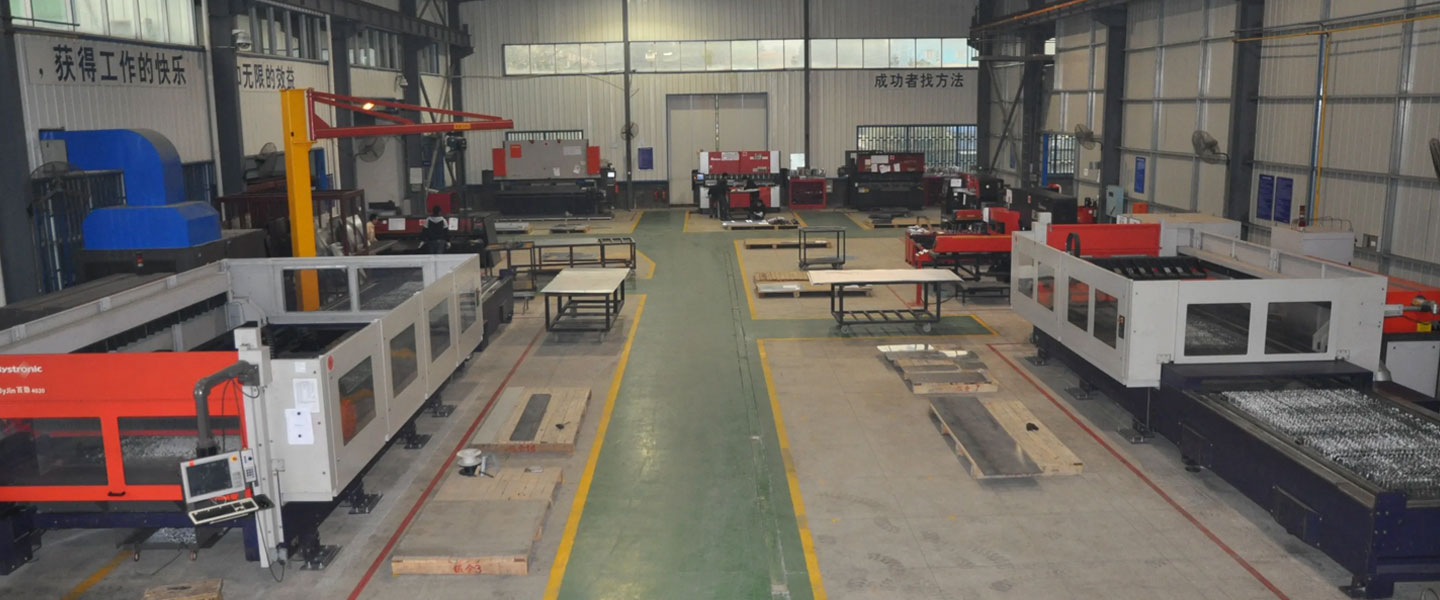
Pintejin Sheet Metal shop offers a cost-effective solution for a wide range of industries with our custom metal stamping and custom sheet metal fabrication capabilities. Our stampnig operations include a variety of sheet-metal forming manufacturing processes, such as punching, blanking, embossing, bending, flanging, and coining. Our professional, experienced and well-trained engineers can execute the complex metal stamping operations with precision and accuracy.
No matter what your metal fabrication needs are, Pintejin can offer the right solution: from single sheet metal part or sub-assembly of stamped metal parts to turnkey solutions for mechanical and electrical assemblies. We have the technology, equipment and the experience to fabricate customised metal products from aluminium sheet metal fabrication, steel, zinc plated steel, stainless steel sheet metal fabrication, brass and copper. Designs that require CNC machining of surfaces or components can be accommodated. We can supply polished, galvanized, zinc coated or powder coated finishes for any sheet metal work or stamped metal components. Coupled with our accurate and reliable metal fabricating equipment, we guarantee precision and repeatability in custom sheet metal work. You’ll be taking advantage of the best sheet metal fabrication china can produce.



